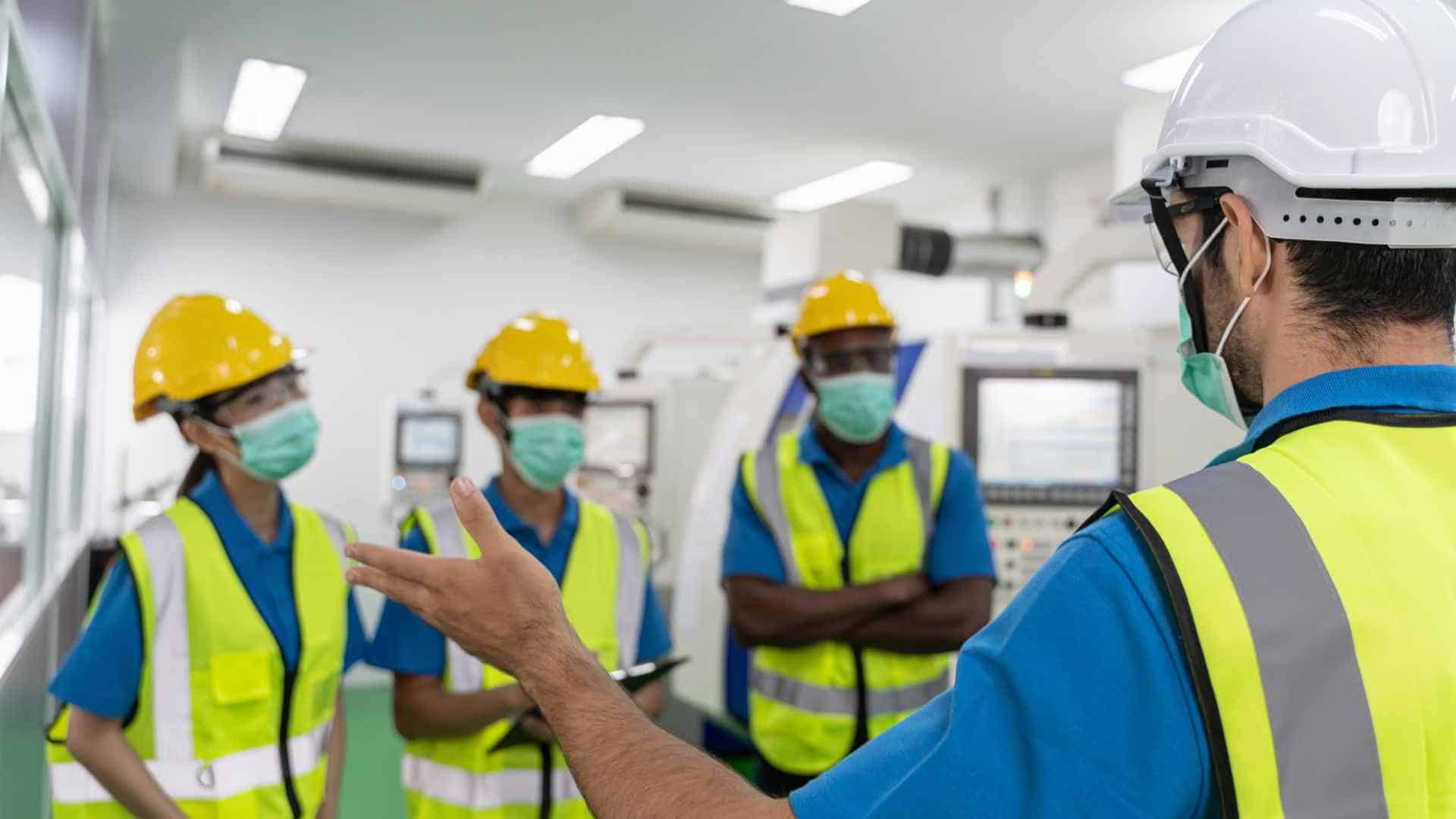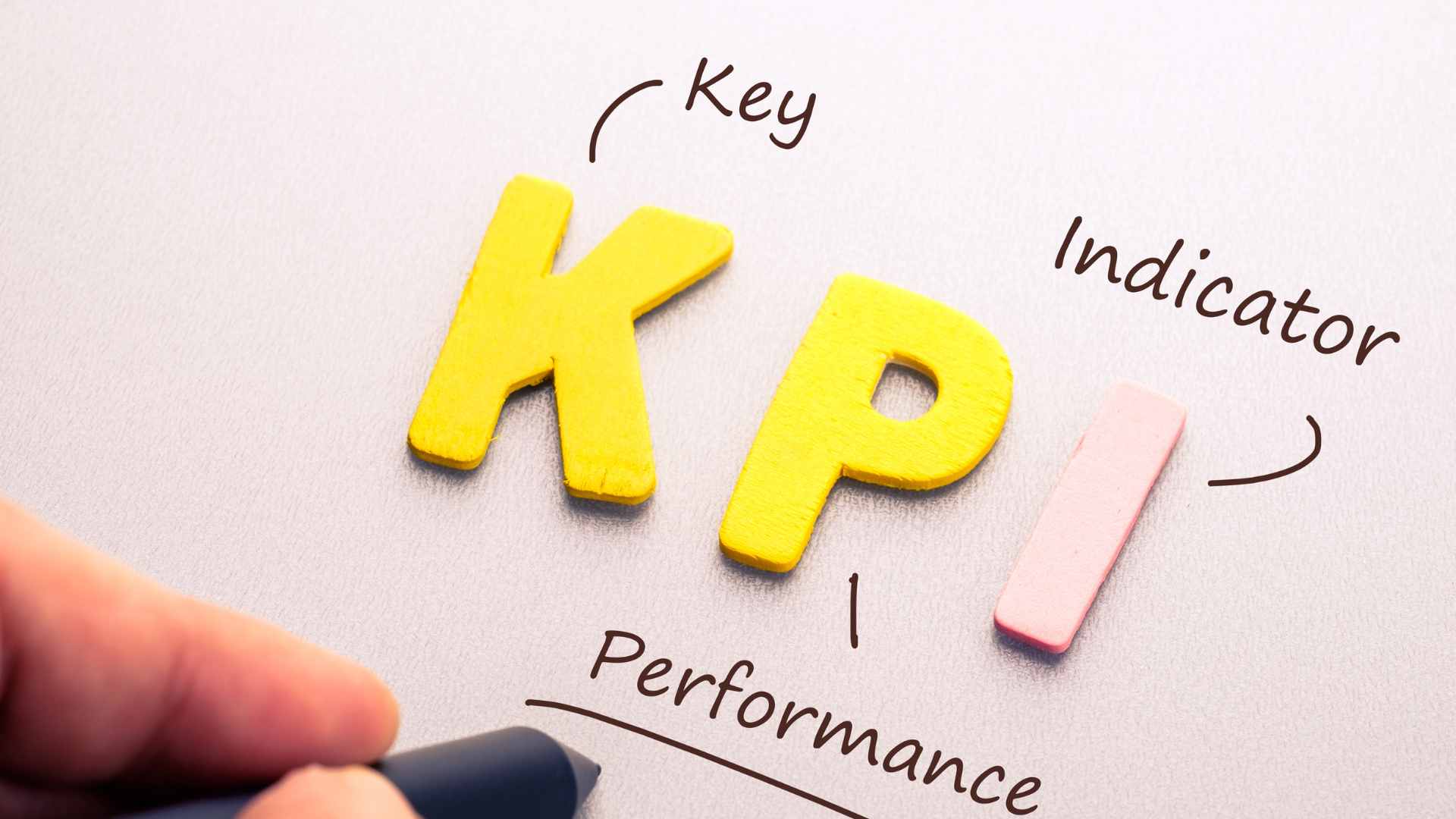
Tey Su Yin
Management Consultant
Supply chain can be given additional metrics to track contractor performance, manage the relationship, and decide whether to include them in future bid invitations by sharing the findings of contractor environmental, health and safety audits and post-project evaluations.
-3 mins read

Many employers have worksites where contract workers out number their own staff. As a result, the environmental and safety performance of your organization’s own contractors has a direct impact on it.
It’s crucial to work with contractors who have a solid past record and to keep an eye on how they operate while on the job site. A good contractor management programme may make sure that contractors are properly equipped to mitigate risks by prequalifying them before hiring them and monitoring and managing ongoing environmental and safety performance. This can promote compliance with legal requirements, safeguard firm reputation, minimize environmental impact, reduce worker injuries, and avert heavy fines linked with violations.

1. Ensure That Induction Training Clearly Explains Expectations
One of the most effective methods used by businesses to spread their environmental and safety culture among all members of their staff, including contracted workers, is training. Training your workers before they enter a job site is the best method to guarantee their preparation regarding on environmental, health and safety.
Before employees start working, onboarding or induction training explains environmental, health and safety expectations and prepares them to carry out their responsibilities safely. Usually instructor-led, the thorough training effectively and swiftly equips contractors to operate equipment securely and comprehend how to reduce the specific environmental and safety risks associated with their activities.
It frequently includes work permits, site regulations, and corporate safety and emergency respond protocols. Contractors are guaranteed to be well-prepared with the most efficient, pertinent training for the jobs they are engaged to accomplish when induction training is a requirement. The key to guaranteeing compliance is the use of badging or other technology-based solutions to enable simple verification of training completion before a contractor begins to work.

2. Include Safety Criteria in Contracts And The Procedures For Paying Bills.
Contracts assist in outlining your organization’s expectations for the performance and readiness of its contractors in terms of environmental, health and safety. Legal contract should stipulate that they must abide by all applicable national, state, local, and business-specific environmental, health and safety regulations. This could entail keeping an appropriate environmental, health and safety score in their contractor management system and taking part in the organization’s prequalification programme.
In order to encourage and enforce contractor compliance, several organisations now link meeting environmental, health and safety criteria with their accounts payable procedures. For instance, payment is postponed until compliance is attained when contractors don’t maintain their compliance, as demonstrated by an appropriate environmental, health and safety score in the contractor management system.

3. Establish and Monitor KPIs For Contractor Safety
One of the methods for enhancing contractor safety is key performance indicators (KPIs), which include lost time rates and the overall number of environmental, health and safety related occurrences.
Environmental, health and safety metrics are a key tool used by EHS leaders to raise awareness of environmental, health and safety compliance and inspire employees to perform better. Many businesses use a third-party software supplier to host a digital dashboard for their contractors that displays the most important environmental, health and safety related KPIs for the business.
By holding department leaders responsible for them, clearly visible analyses of KPIs that reflect environmental, health and safety adherence and improvement can aid in lowering significant event rates. Teams can plan for ongoing improvement by holding regular meetings to examine performance indicators, any incidents that have happened, their reasons, and any necessary remedial steps.

4. Utilize Audits and Include Environmental, Health and Safety Performance In Project Assessments At The End
Effective techniques to keep an eye on contractor performance include routine on-site inspections, jobsite walkthroughs, and annual audits. These can be carried out using internal personnel, but some companies complement their internal resources with third-party vendors to increase their number of eyes on the ground.
By including environmental, health and safety performance into post-project assessments and close-out discussions, organizations with advanced contractor management systems go beyond contractor prequalification and monitoring. For instance, when all contractual work has been completed, an EHS team to carry out post-project evaluation. For several projects, the organization uses the same general contractors, which allows them to constantly assess their performance and work with them on subcontractor management to track and continuously improve environmental, health and safety adherence.
Supply chain can be given additional metrics to track contractor performance, manage the relationship, and decide whether to include them in future bid invitations by sharing the findings of contractor environmental, health and safety audits and post-project evaluations.
Reference/Source:



